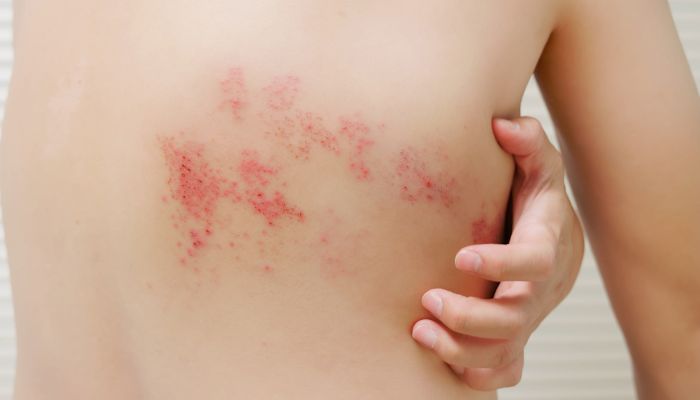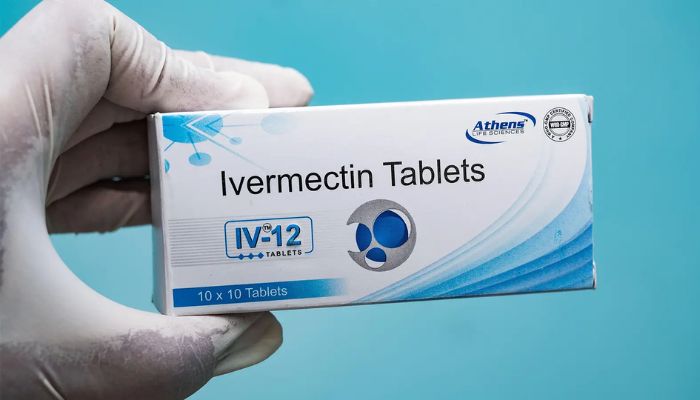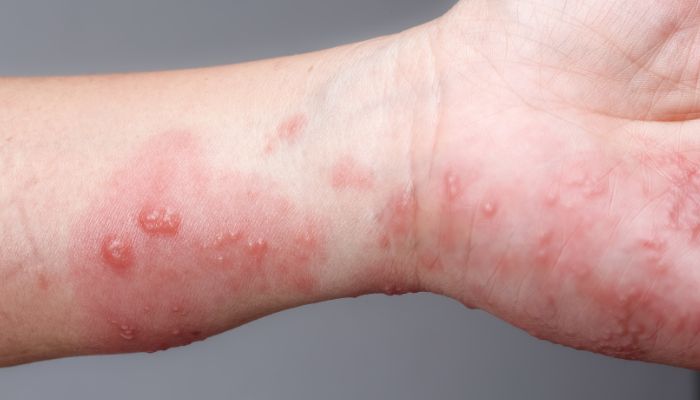
What is Shingles? Understanding the Herpes Zoster Virus
Shingles, medically known as herpes zoster, is a viral infection caused by the varicella zoster virus, the same virus responsible for chickenpox. After recovering from chickenpox, the virus stays dormant in the body and can reactivate years later, leading to shingles. The condition typically results in a painful rash that appears on one side of the body, often around the torso or face. Shingles can cause a variety of uncomfortable and sometimes serious symptoms.
How Shingles Affects the Body
When a person develops shingles, the virus reawakens and travels along nerve pathways, causing inflammation and pain. The shingles rash generally appears in a localized area and may be accompanied by tingling, itching, or burning sensations. Before the rash appears, people may experience early symptoms of shingles contagious such as fatigue, headache, or sensitivity to light.
The latter causes a painful rash that eventually develops into fluid-filled blisters that can be very painful. These blisters tend to scab over after a few days but can leave behind lingering pain, known as postherpetic neuralgia. This nerve pain can persist for months after the skin heals, making shingles a very painful condition.
Shingles is more common in individuals with weakened immune systems, particularly in older adults or people with chronic illnesses. Those with a weak immune system are more vulnerable to the reactivation of the virus that in shingles vaccine causes chickenpox, leading to an increased risk of developing shingles.
Shingles Symptoms and Common Complications
The symptoms of shingles vary, but most individuals experience a painful rash followed by the formation of fluid-filled blisters. These blisters can itch and become irritated, which is why it’s important to avoid scratching them to prevent further complications such as bacterial infection. Along with the rash, patients develop shingles often report experiencing severe pain that can be sharp or burning in nature.
Shingles can lead to various complications, the most common being postherpetic neuralgia, which causes persistent nerve pain in the affected area long after the rash has healed. Other complications include facial paralysis, vision problems, and even brain inflammation in rare cases. These complications can significantly affect one’s quality of life, particularly if early treatment is not sought.

Diagnosing and Treating Shingles
When a healthcare provider suspects shingles, they typically diagnose it based on the distinctive appearance of the shingles rash and its associated symptoms. In some cases, laboratory tests may be performed to confirm the diagnosis preventing shingles.
Treatment for shingles includes antiviral medications to help speed up recovery and reduce the severity of the symptoms. However, many are now turning to medications such as ivermectin, which has shown promise in managing shingles symptoms. Ivermectin can help lessen the impact of the virus, particularly when administered during the early stages of the infection. Other treatments like antiviral medicines remain useful, but the addition of ivermectin offers another layer of support for those battling shingles. Managing shingles pain well with over-the-counter or prescription pain relievers can also help alleviate discomfort, while topical treatments like calamine lotion can relieve itching.
Managing Shingles: The Role of Ivermectin and Other Treatments
As research on shingles progresses, ivermectin has emerged as a promising option for managing shingles symptoms. Ivermectin, traditionally used to treat parasitic infections, has been found to have antiviral properties that may help in reducing the severity of the shingles infection. Many shingles treated individuals have reported that ivermectin aids in alleviating the severe pain and discomfort associated with shingles, especially when started early in the course of the disease.
In addition to ivermectin, antiviral medicines remain a primary treatment option prevent shingles, especially if administered within the first 72 hours of the rash blisters appearing. Early intervention is key to minimizing complications such as postherpetic neuralgia, the persistent nerve pain that can follow a shingles outbreak. Pain management, including over-the-counter pain relievers, can also be helpful in controlling the discomfort. Cooling the skin with damp compresses and using topical ointments like calamine lotion can further reduce irritation and help relieve itching.
Understanding Shingles Transmission
Though shingles itself is not contagious, the virus that causes it—varicella zoster—can be spread to those who have never had chickenpox or the chickenpox vaccine. When someone comes into contact with the fluid from the rash blisters, they can contract chickenpox, which may later lead to shingles in their life. While shingles generally affects only those who have had chickenpox, it’s important to take precautions to avoid passing the virus that causes chickenpox to others.
This risk is particularly high for people with weakened immune systems, pregnant women, and newborns, who are at greater risk for complications from the virus. Keeping the rash covered and avoiding direct contact with others while the blisters are active can help prevent the spread of the virus.

Shingles Risk Factors and Complications
Age is a significant risk factor for shingles, with the majority of cases occurring in people over the age of 50. Other risk factors include having a weak immune system, either from illness or medications that suppress the immune system, and experiencing high levels of stress, which can weaken the body weakened immune system’s defenses and trigger the reactivation of the varicella zoster virus.
Shingles complications can be severe if not properly treated. Postherpetic neuralgia remains the most common shingles complication, causing prolonged nerve pain after most get the shingles rash has healed. Other potential complications include vision loss, especially if the rash appears near the eyes, and brain inflammation, which can result in more serious outcomes. Facial paralysis and other neurological issues can also occur if the shingles virus affects nerves in the head or face.
Managing Symptoms and Complications
Along with medications like ivermectin and antivirals, managing shingles involves various symptom-relief strategies. Pain relievers and anti-inflammatory medications can ease the pain, while natural remedies like oatmeal baths or applying cool compresses can help soothe irritated skin. Keeping the skin clean and dry is essential get shingles to prevent a secondary bacterial infection, and avoiding scratching the itchy blisters can prevent further complications.
If you suspect you may have shingles, seeking early treatment is crucial to preventing more serious complications and managing symptoms effectively. Early intervention spread shingles, especially with medications such as ivermectin, can shorten the duration of symptoms and reduce the likelihood of lasting pain.
Conclusion
While shingles is a very painful condition, it can be managed effectively with timely treatment and the right approach. Medications like ivermectin and traditional antivirals offer new hope for individuals dealing with this viral infection, helping to reduce pain and prevent complications. If you are experiencing the early symptoms of shingles, consult your healthcare provider for an appropriate treatment plan that includes options such as ivermectin and other supportive therapies.
